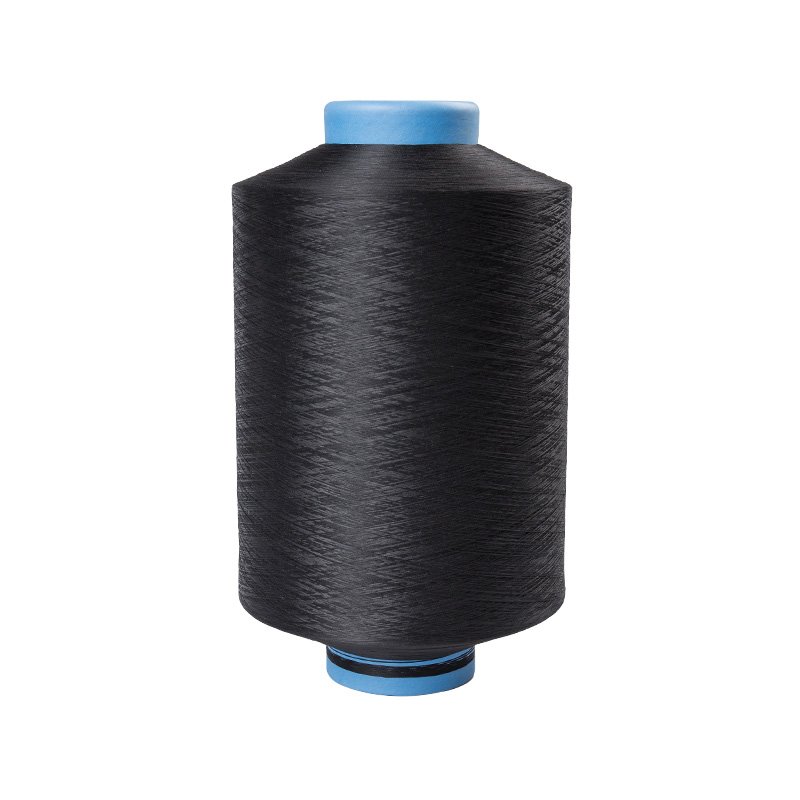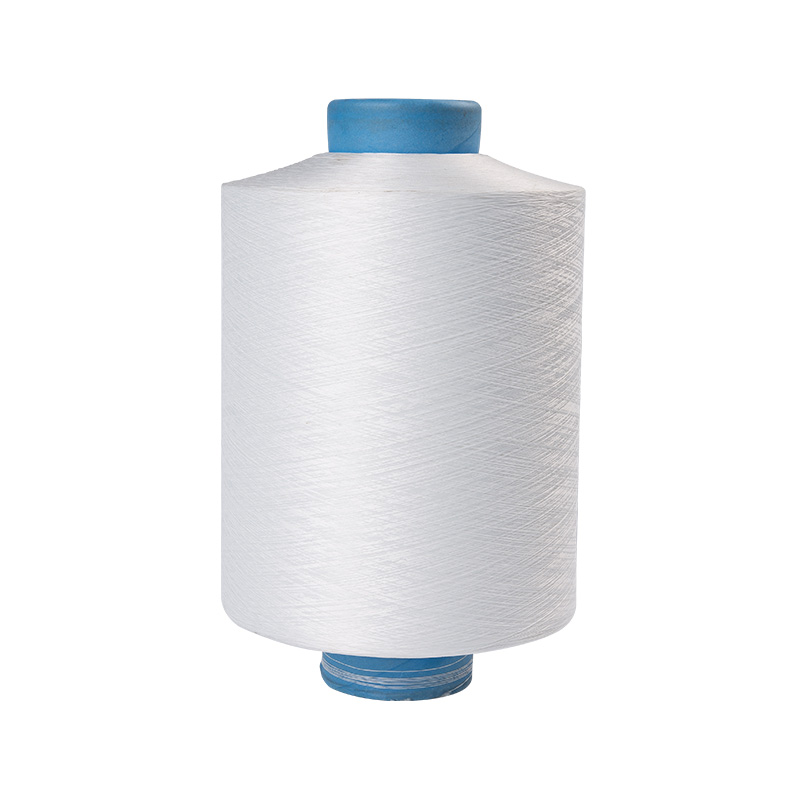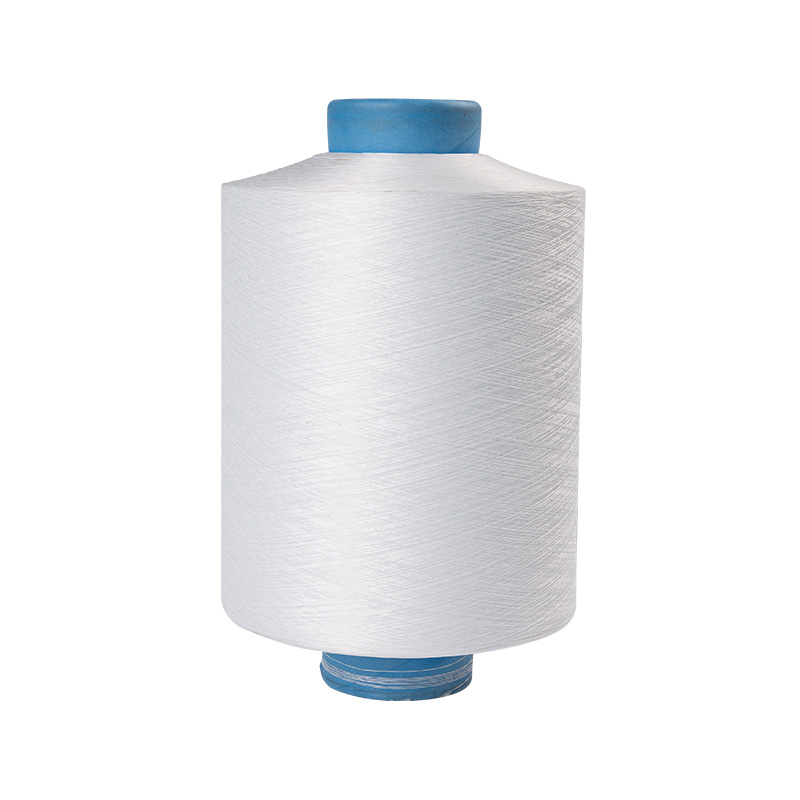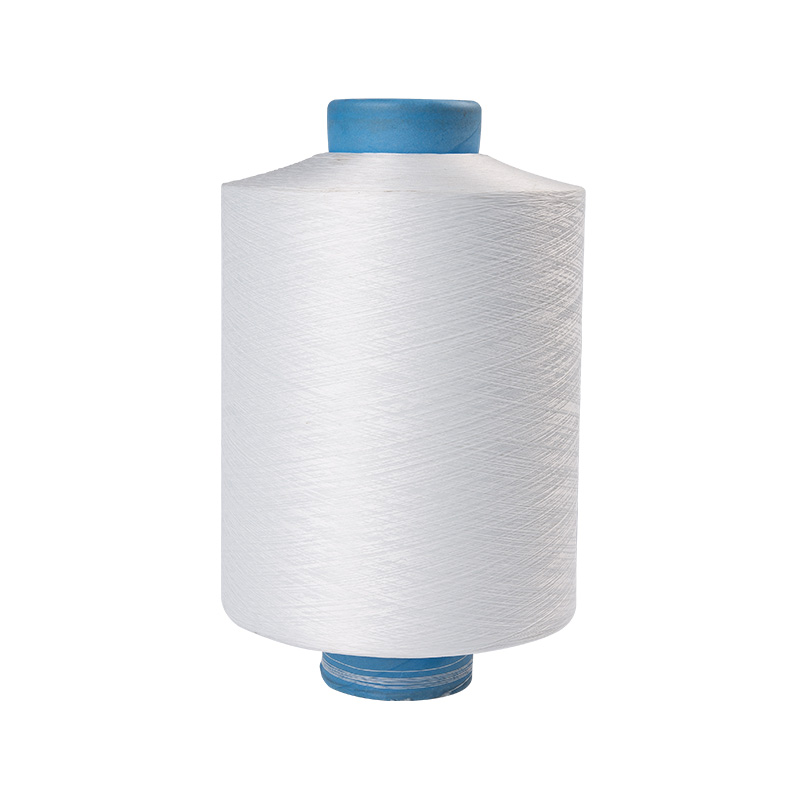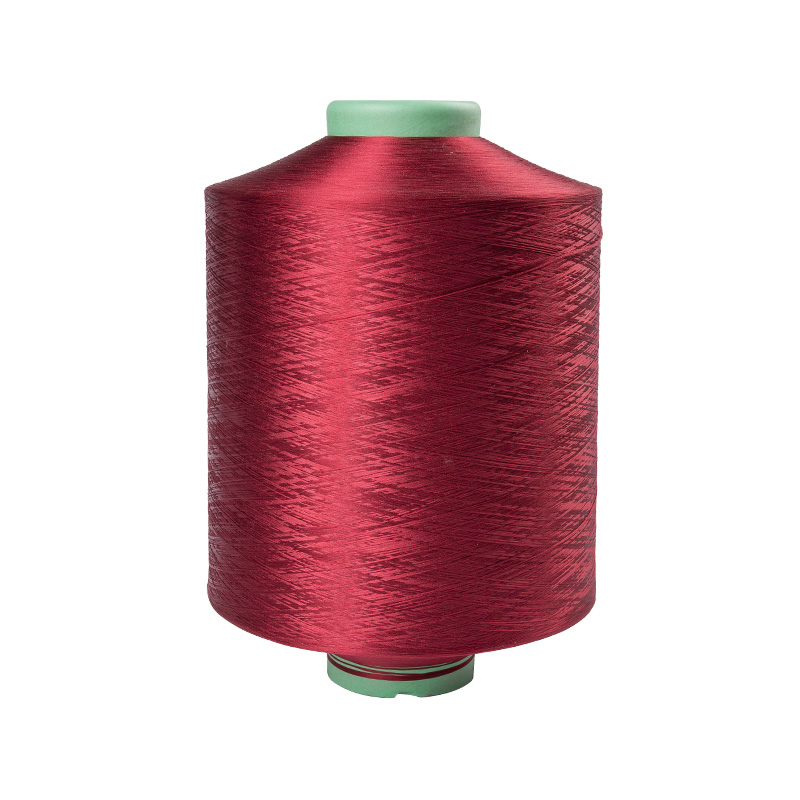Polyester textured yarn is a synthetic fiber widely used in the textile industry. Its special yarn structure and processing technology give it unique advantages in fabric production. It usually uses a texturing process to enhance the elasticity, softness and texture of the yarn. It is widely used in clothing, home textiles and industrial fabrics. Although polyester textured yarn performs well in textiles, it has different advantages and disadvantages compared with other synthetic fibers such as nylon and ordinary polyester. This article will analyze the comparison between polyester textured yarn and synthetic fibers such as nylon and polyester in depth to help understand their applicability and advantages and disadvantages in different applications.
1. Advantages of polyester textured yarn
(1) Elasticity and resilience One of the biggest features of polyester textured yarn is its good elasticity. Through special processing techniques such as airflow deformation or twisting, polyester yarn can obtain better elasticity and recovery. This makes polyester textured yarn suitable for fabrics that require elasticity, softness and comfort, such as sportswear, stretch jeans, etc. In contrast, ordinary polyester and nylon have poor elasticity and require more processing to become elastic.
(2) Abrasion resistance and durability Polyester fiber itself has strong abrasion resistance and tensile strength, which makes polyester textured yarn have an advantage in durability. Its abrasion resistance is worse than nylon, especially in coarser fabrics and high-intensity working environments, polyester textured yarn can provide a longer service life. Although nylon also has good abrasion resistance, it does not perform as well as polyester under ultraviolet rays and hot and humid environments, and is prone to fading and degradation.
(3) Strong adaptability and good dyeing performance Polyester textured yarn has good dyeing performance and can easily absorb dyes to present rich and uniform colors. It has low hygroscopicity, so it is not easy to absorb moisture and is suitable for use in humid environments. Nylon has strong water absorption and is easy to absorb moisture, which may cause deformation or mold in humid environments.
(4) Cost-effectiveness The production cost of polyester fiber is relatively low, which makes the price of polyester textured yarn competitive in the market. Compared with nylon, polyester has a more economical production process and is therefore more advantageous in mass production. For price-sensitive consumers or mass-production manufacturers, polyester textured yarn provides a cost-effective option.
2. Disadvantages of polyester textured yarn
(1) Poor hygroscopicity and poor air permeability Although polyester textured yarn has good dyeability, it has poor hygroscopicity and relatively low air permeability. This may lead to uncomfortable wearing and a damp feeling in hot and humid climates. In contrast, natural fibers such as nylon and cotton have good hygroscopicity and air permeability, so nylon and natural fibers are often more popular in summer clothing.
(2) Environmental issues Polyester fiber is a synthetic material that consumes a lot of energy during production and has a long degradation cycle. Although the recycling technology of polyester fiber has gradually developed in recent years, the environmental friendliness of polyester fiber is still problematic compared with natural fibers. The recycling process of nylon is relatively complicated and is prone to release harmful substances, while natural fibers such as cotton and wool have good biodegradability. Therefore, in terms of environmental friendliness, polyester textured yarn performs poorly.
(3) Bending performance and shape retention Although polyester textured yarn has good elasticity, in some cases, its shape retention is poor and it is easy to wrinkle or deform, especially in high humidity and high temperature environments, the shape of the fabric is difficult to maintain. In contrast, nylon and polyester have better shape retention due to their more stable structure.
3. Comparison of polyester textured yarn with nylon and polyester
(1) Comparison of polyester textured yarn with nylon
Elasticity and wear resistance: Polyester textured yarn is more outstanding in elasticity and wear resistance, and is suitable for clothing and home textile products that require high durability. Nylon performs better in high-strength applications (such as mountaineering backpacks, carpets, etc.), but its resistance to ultraviolet rays and hot and humid environments is not as good as polyester.
Hygroscopicity and breathability: Nylon has better hygroscopicity and breathability than polyester textured yarn. Therefore, in high temperature and humid environments, nylon fiber fabrics are more comfortable and suitable for occasions such as sportswear and underwear.
(2) Comparison between polyester textured yarn and polyester
Production cost: The production cost of polyester textured yarn is similar to that of ordinary polyester yarn, but the texture process may slightly increase the cost. Polyester is mainly used to make fabrics with strong functionality, while polyester textured yarn is more suitable for soft and comfortable clothing due to its unique elasticity and feel.
Environmental protection: The environmental protection of polyester textured yarn and polyester is similar. Both are synthetic fibers and face the problem of a long degradation cycle.

 English
English 中文简体
中文简体